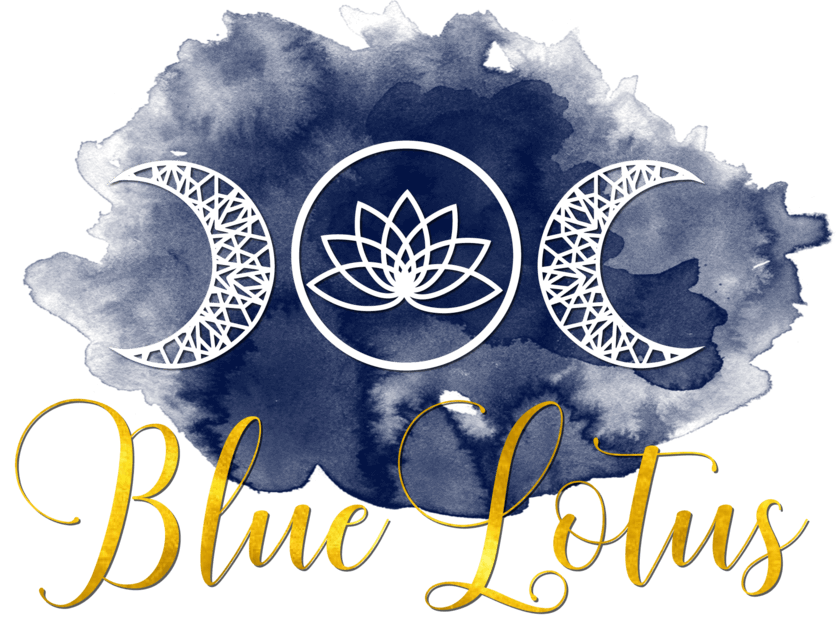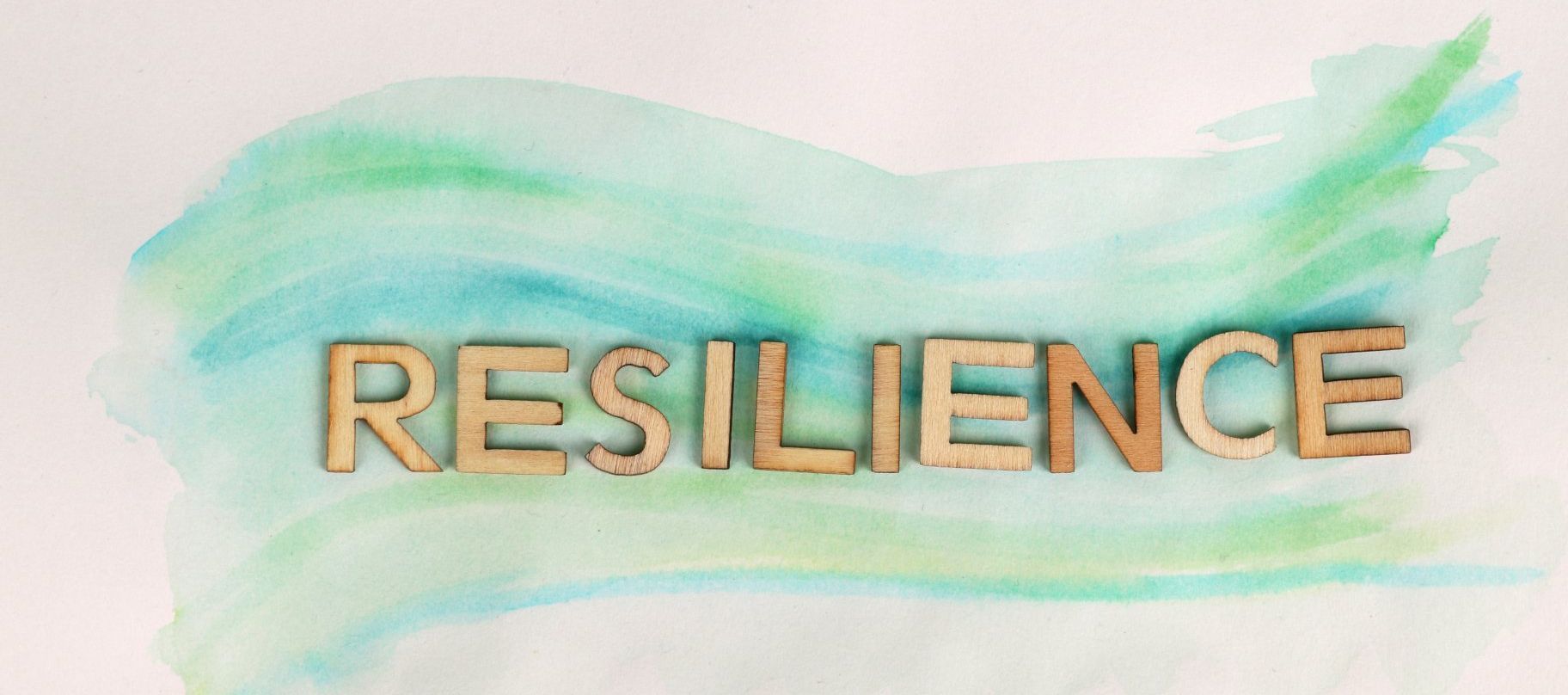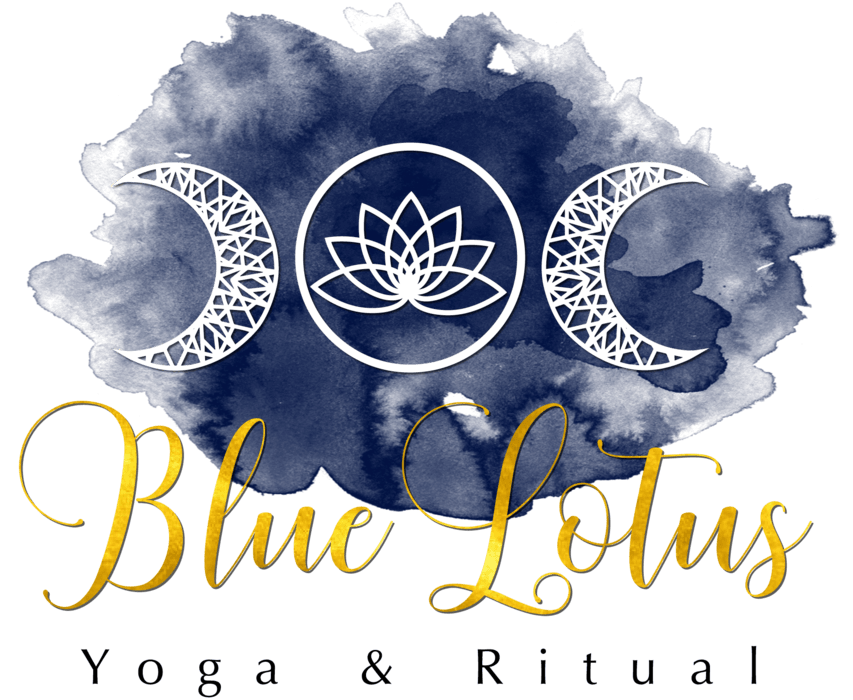My Weekly Musings...

By Jill Amison
•
20 May, 2024
Embracing the Present Moment: Lessons from Yoga and Art In the bustling corridors of the Tate Modern, amid the powerful strokes and vivid hues of Expressionist art, I recently found myself immersed in a profound experience that transcended the boundaries of time and space. As I wandered through the exhibit, I was reminded of the deep connection between yoga, the present moment, and the intricate dance between humanity and nature. This journey through art and mindfulness revealed a richer way to perceive reality, fostering a deeper understanding of ourselves and the world around us. The Art of Being Present Yoga teaches us the importance of being fully present in each moment, of grounding ourselves in the here and now. This principle was vividly brought to life as I stood before the masterpieces in the Tate Modern. The bold, emotive works of the Expressionist artists drew me into their world, compelling me to experience each piece not just as a spectator, but as an active participant in their creative expression. In yoga, we practice mindfulness through our breath, our movements, and our focus. Similarly, standing before a piece of art, allowing oneself to be enveloped by its energy, is a form of meditation. It requires us to silence the chatter of our minds and open ourselves to the visual symphony before us. This act of seeing, truly seeing, is akin to the yogic practice of Dharana, or intense concentration, which paves the way to a deeper state of awareness and insight. Seeing Beyond the Surface The Expressionist exhibit was a reminder that there is always more to discover beyond the surface. Just as yoga invites us to look beyond our physical forms and connect with our inner selves, art encourages us to delve into the layers of meaning, emotion, and symbolism embedded in each work. I found myself captivated by the interplay of shadows, patterns, and symmetry within the paintings. These elements, often overlooked in our hurried lives, became focal points for a fuller visual experience. They taught me that by adjusting our perspective, we can uncover hidden depths and new dimensions in both art and life. The Spiritual Connection Both yoga and art offer pathways to connect with something greater than ourselves. In yoga, we seek to unite our individual consciousness with the universal consciousness, recognising the interconnectedness of all beings. In the presence of powerful art, this connection becomes palpable. The emotions conveyed by the artists—their joys, sorrows, hopes, and fears—resonate with our own, bridging the gap between past and present, self and other. The spiritual connection extends beyond humanity, embracing nature as well. Just as yoga teaches us to find harmony with the natural world, the art at the Tate Modern reflected this intrinsic bond. The organic forms, vibrant colours, and dynamic compositions echoed the rhythms of nature, reminding me of the seamless integration of art, humanity, and the environment. Expanding Perception and Imagination Yoga encourages us to expand our perception and imagination, to see beyond the limitations we impose on ourselves. This expansion was mirrored in the artworks, which challenged conventional perspectives and invited innovative interpretations. The creative expression of the Expressionist artists served as a powerful metaphor for the limitless potential within each of us. By embracing the present moment and looking beyond what we think we are, we open ourselves to new possibilities and deeper insights. This practice of seeing with fresh eyes, both on the yoga mat and in the art gallery, enriches our experience and fuels our creative spirit. In short my visit to the Tate Modern was more than just an art exhibit; it was a reminder of the continuous journey of discovery and connection. Whether through yoga or art, we are constantly invited to explore, to see with clarity, and to immerse ourselves in the present moment. As we navigate this gift of our life, let us remember that there is always more to discover—within ourselves, in the world around us, and in the intricate interplay of light and shadow, form and pattern, that shape our reality. Image: In the Rain by Franz Marc
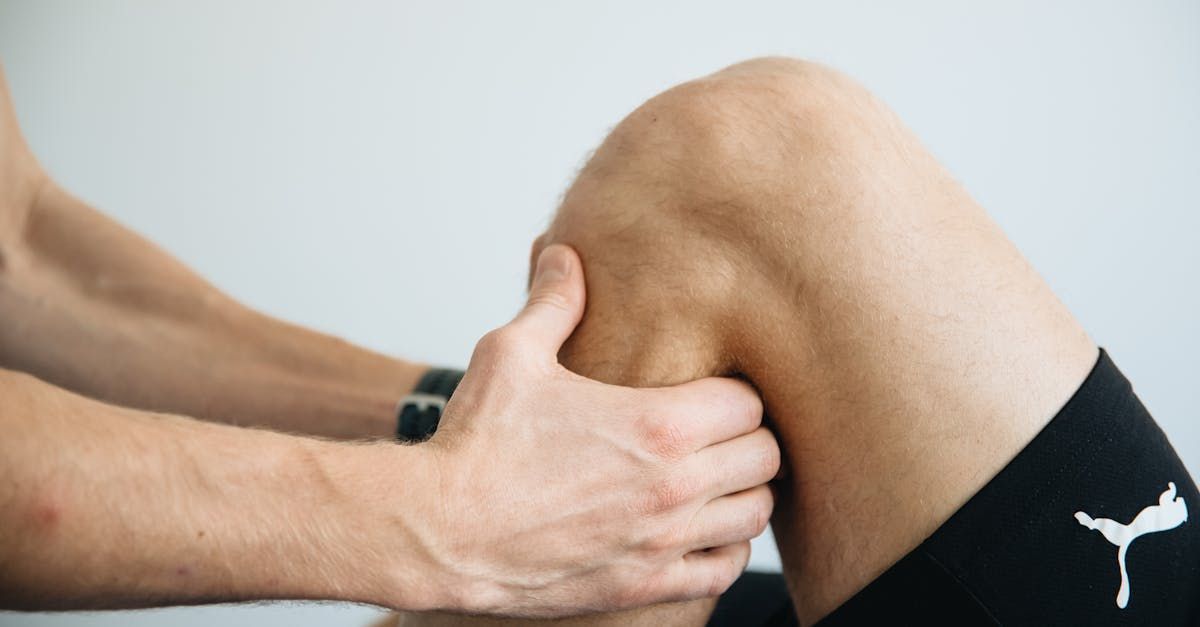
By Jill Amison
•
29 Apr, 2024
Yoga is not just about flexibility and relaxation; it's also a powerful tool for enhancing joint health. Whether you're dealing with hypermobility, arthritis, or simply want to prevent falls as you age, yoga offers a holistic approach to strengthen, support, and nourish your joints. Let's explore the myriad benefits yoga brings to joint health and how it can transform your well-being. Strengthening Joints: Yoga poses are designed to engage various muscle groups around the joints, providing stability and strength. Poses like Warrior I and II, Chair Pose, and Plank strengthen the muscles around the knees, hips, and shoulders, promoting joint stability and reducing the risk of injuries. Supporting Hypermobility: For individuals with hypermobility, yoga can be a safe and effective way to build stability and control in the joints. Focusing on alignment and engaging the muscles around hypermobile joints helps prevent overextension and reduce the risk of dislocations or strains. Poses such as Tree Pose, Eagle Pose, and Bridge Pose promote stability while respecting the body's range of motion. Alleviating Arthritis Symptoms: Yoga offers gentle movements and mindful breathing techniques that can help manage arthritis symptoms such as pain, stiffness, and inflammation. Research has shown that regular yoga practice can improve joint flexibility, reduce pain levels, and enhance overall quality of life for arthritis sufferers. Gentle poses like Child's Pose, Cat-Cow, and Gentle Twists provide relief and promote joint mobility. Preventing Falls: As we age, maintaining balance and stability becomes increasingly important to prevent falls and injuries. Yoga improves proprioception (awareness of body position) and balance through standing poses, core strengthening exercises, and mindful movement. Poses like Tree Pose, Warrior III, and Standing Forward Fold enhance balance and coordination, reducing the risk of falls. Enhancing Flexibility: Flexibility is key to joint health, allowing for a full range of motion and preventing stiffness. Yoga gently stretches and lengthens the muscles, tendons, and ligaments surrounding the joints, improving flexibility and mobility. Poses like Downward Facing Dog, Cobra Pose, and Seated Forward Fold target tight areas and promote joint suppleness. Promoting Mind-Body Connection: Yoga encourages mindfulness and body awareness, fostering a deeper connection between the mind and body. By tuning into sensations within the joints during practice, individuals can identify areas of tension, imbalance, or discomfort and make adjustments accordingly. This heightened awareness promotes self-care and prevents overexertion or strain on the joints. Conclusion: Yoga is a versatile and accessible practice that offers numerous benefits for joint health at every stage of life. Whether you're looking to strengthen and support your joints, manage arthritis symptoms, or prevent falls as you age, incorporating yoga into your routine can lead to profound improvements in your overall well-being. With its emphasis on mindful movement, breath awareness, and holistic healing, yoga empowers individuals to nurture their joints and live with greater vitality and ease. Start your yoga journey today and experience the transformative effects on your joint health.
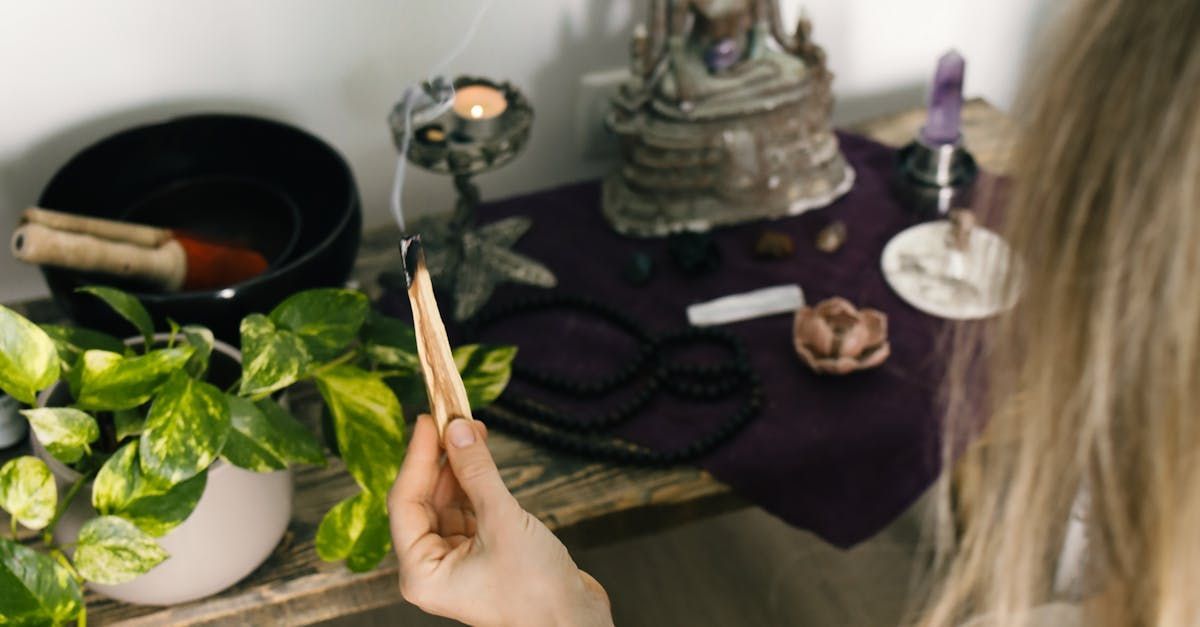
By Jill Amison
•
17 Apr, 2024
There’s something truly magical about the serene ambiance of a yoga studio—the soft lighting, the calming colours, and the absence of clutter create the perfect environment for spiritual practice. But what if you could recreate that tranquil atmosphere within the comfort of your own home? With a few simple tips and tricks, you can transform any space into a sacred sanctuary for yoga and meditation without breaking the bank. Here are five budget-friendly ways to create your own yoga oasis at home: De-clutter : The first step to creating a peaceful sanctuary is to clear out the clutter. Remove any unnecessary items from the room and only keep things that serve a functional or aesthetic purpose. This will help create a sense of spaciousness and calm. Consider investing in storage solutions like baskets or shelves to keep your yoga props organized and out of sight when not in use. Choose calm colors : The colors you choose for your yoga space can have a big impact on the overall mood and energy of the room. Opt for soft, muted tones like pale blues, greens, or earthy neutrals that promote a sense of tranquility and relaxation. Using non-toxic paint is not only better for your health but also aligns with the holistic principles of yoga. Set the mood with lighting : Lighting is key to creating the right ambiance for your yoga practice. Install dimmer switches on overhead lights to adjust the brightness according to your needs, and incorporate lamps with soft, warm bulbs for a cozy glow. Lightweight curtains made from natural materials like cotton can help diffuse harsh sunlight and create a more serene atmosphere. Accessorize with intention : Enhance the sensory experience of your yoga sanctuary by incorporating accessories that appeal to your senses. Light scented candles or burn incense to create a soothing aroma, and consider adding a small altar or shrine where you can display meaningful objects like crystals, flowers, or statues that symbolize your intentions and aspirations. Hunt for treasures : You don’t need to spend a fortune to find beautiful decor for your yoga space. Explore local flea markets, thrift stores, and salvage yards for unique treasures that speak to your soul. Look for vintage rugs, tapestries, or artwork that add character and charm to your sanctuary, and don’t be afraid to get creative with DIY projects to personalize your space even further. Creating a home sanctuary for yoga is not just about creating a physical space—it’s about cultivating an environment that nourishes your mind, body, and spirit. By following these budget-friendly tips, you can design a sacred space where you can retreat from the chaos of the world and reconnect with yourself on a deeper level. So roll out your mat, light a candle, and let the journey to inner peace begin right in the comfort of your own home.
